-
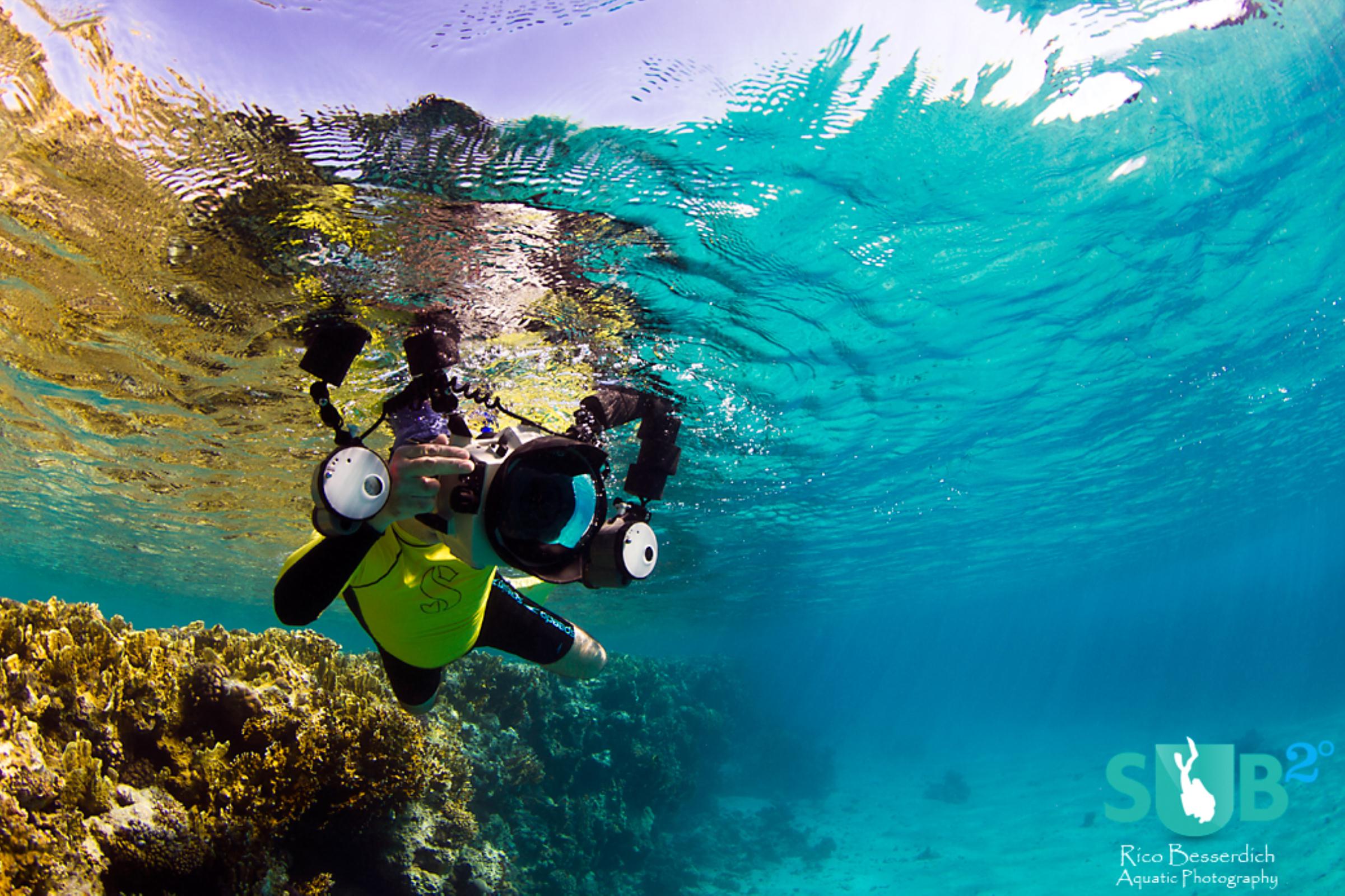
Countless opportunities
Shooting underwater photos while snorkeling is fun, too. It all just depends on the angle. -
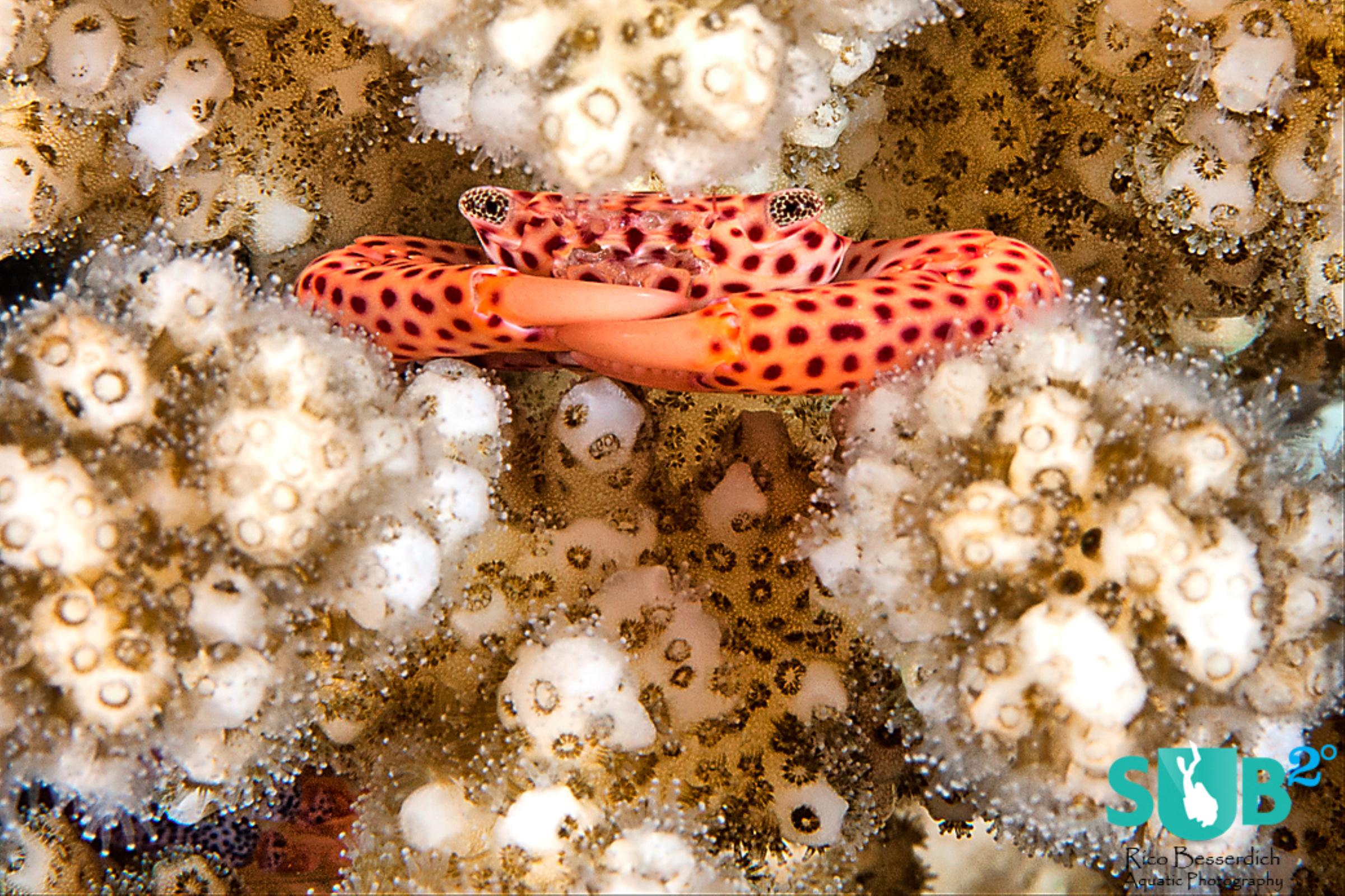
Crab & Coral
A "eye to eye" angle of shooting adds dynamic to a underwater image. -
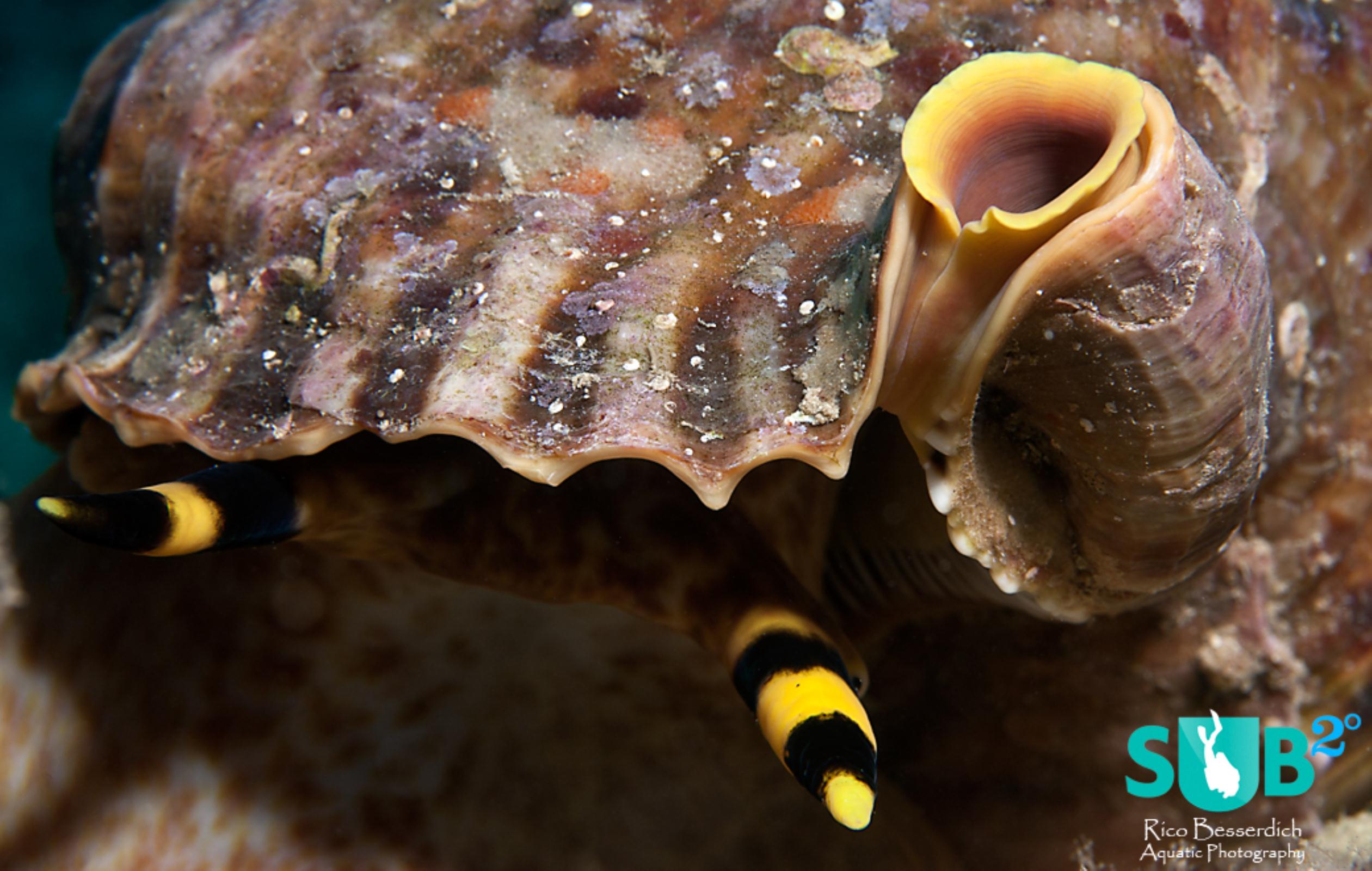
Triton shell
For portrait shots or extreme closeups it can work to have parts of your subject cut off. -
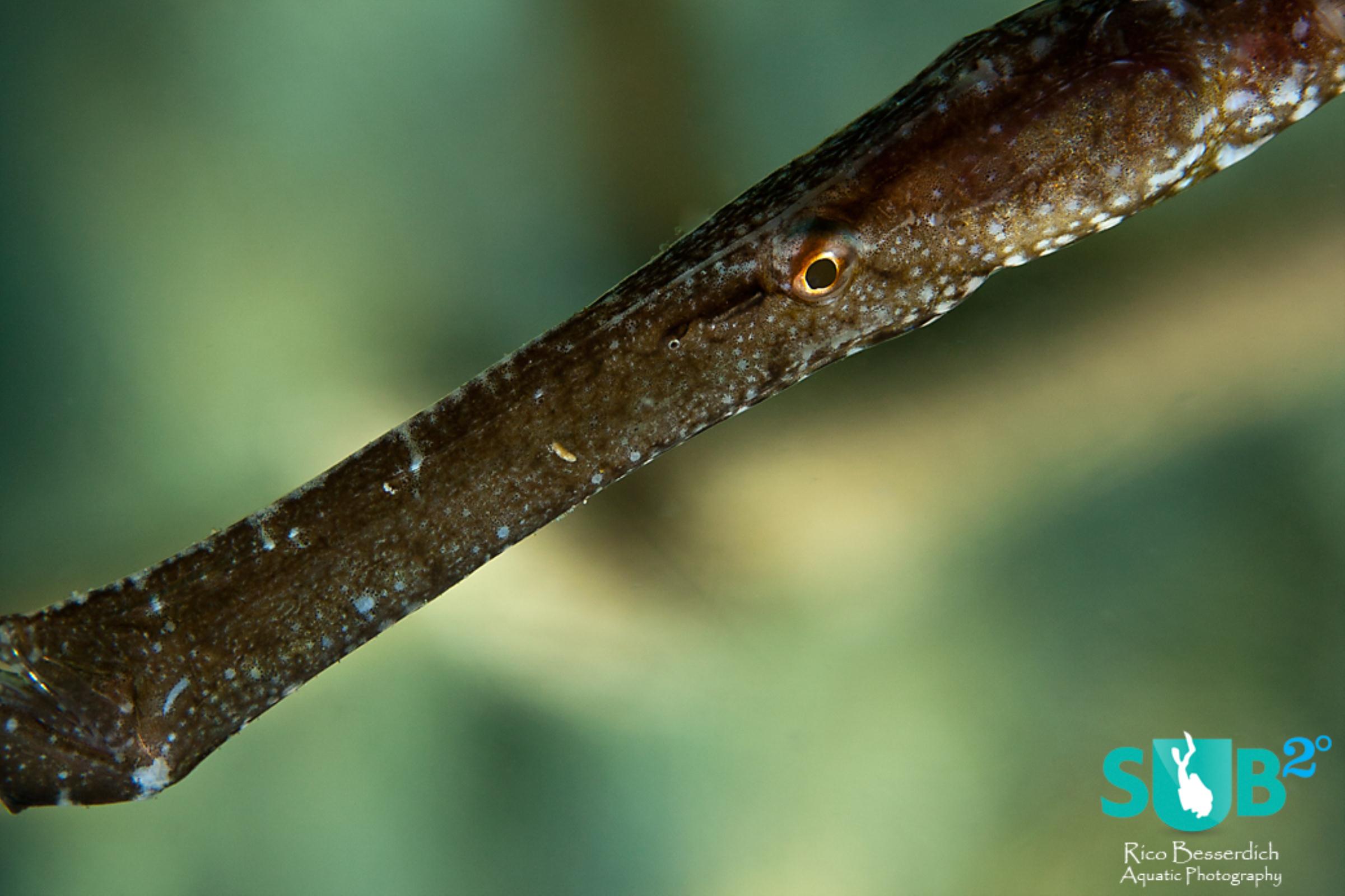
The missed detail
This image could work as a fish portrait shot but sadly the mouth of this pipe-fish is cut. -
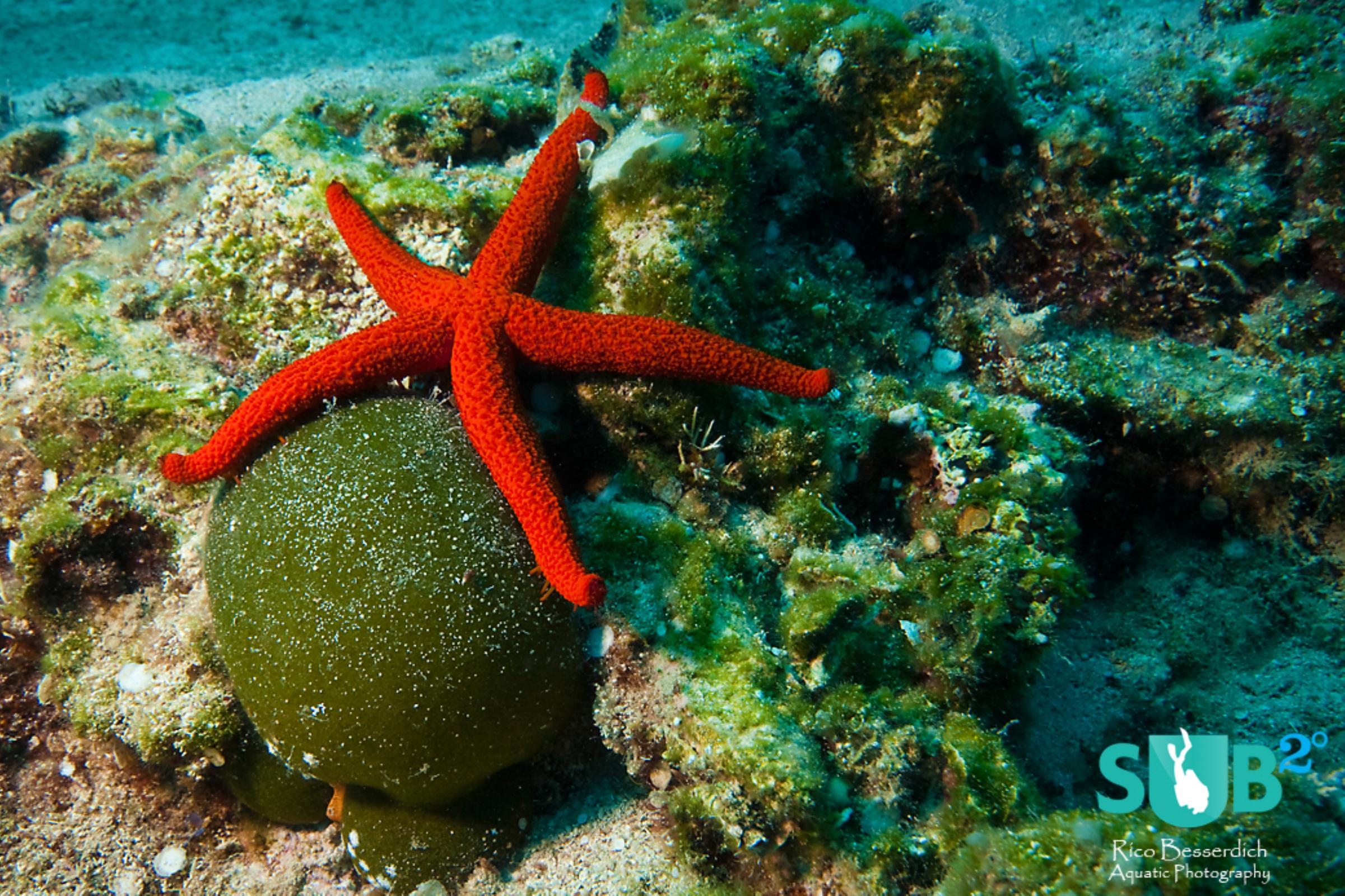
"Snorkel Perspective"
"Snorkel Perspective" This image could use a different angle of shooting, the downward angle is not so ideal here.
Snorkeling perspective and Cut fins: Common problems in underwater photography and their solutions- Part 3
Having read the first two parts of this serous, you should remember that barracuda I've mentioned a couple of times. He’s just an example but let's give him the name, “Ernest”. A first step to a new friendship! “Ernest” is a quite demanding model, and in terms of photography, there are a couple of things to consider.
4. The snorkeling perspective
Scenario: Now we dive again and luckily we spot Ernest, the barracuda, at the same place. Camera and strobe are ready, as we carefully swim towards our “model”, trying our best not to scare it away with sudden moves or breathing. Success is with us and finally we are above the fish. It is not swimming away like last time, and we take lots of shots just by pointing the camera downwards to “Ernest”.
The result: Lots of “barracuda from above” images, as a snorkeler would see it. Unfortunately, barracudas, and many other marine animals, are not that photogenic from this angle of view.
Problem: Many less experienced underwater photographers shoot their images as they perceive them while diving – swimming in a horizontal position, gazing slightly downwards.
Since our eyes and brain are thankfully far superior to a camera, we reserve the visual impressions of a dive in a beautiful memory. The camera itself is just a machine and therefore unable to store the impressions of our eyes. In simple words, what looks super-great and stunning to our eyes may look a little “boring” to our camera. But that's easy to fix!
Solution: A well-proved angle of view when shooting underwater images is a slightly upward direction to the water surface. Try to position yourself a little below your “model” and take the image in a slight upward angle. No need to measure any degrees here, just slightly upwards. It helps a lot.
For fish portrait photos and for macro shots, an “eye-to-eye” level works pretty well too. Position yourself and your camera lens on the same level as your subject. Taking images this way comes with great output; your audience will love it!
Exceptions: Animals with a special and interesting body shape (sharks, for example) can sometimes look well in an image if shot from above. A silhouette shot of a shark cruising close to the sandy ground looks great – even when shot “snorkel style”.
5. Cut fins
Scenario: “Ernest” the barracuda is about to drive us mad! We've performed a role model like approach, got in proper position (close to the fish and on eye-level) and are ready to go. No doubt that we are underwater photographers with a straight plan...no more “senseless point & shoot” here! But then our dive buddy spots a sea turtle and uses his shaker loudly to make us aware of this newest attraction - with only very best intentions, of course. Guess what “Ernest's” reaction is? He swims away. We do a couple of shots but sadly the fish's tail fin is already outside the frame. Cut fins are no good.
Problem: Some fish escape, some are just swimming for fun or have plans such as visiting the cleaning station. But whatever they do, rarely do they do what we underwater photographers want them to do. Especially with swimming fishes, in almost all cases, we have to be quick if we want achieve a good image. By doing so, we often have parts of the animals like fins cut off, meaning not visible in the final image. Most people who view photographs of fishes find it disturbing if body parts such as fins are cut off. We need to prevent this.
Solution: Always try your best to stay calm during your photography dives. Take your time to check that the animal is not “cut” in your frame. A fish can escape from you, unfortunately, but those fishes that just swim around - for fun - often follow a route or pattern. Just stay where you are, stay calm, and observe the fish's swimming pattern. Often they come back, and there’s your chance!
Exceptions: Very close or extreme fish portraits, where the head of the animal dominates the image frame, come with great tension, even if fins or other body parts are cut of. Just think of portrait photos of humans and let's agree that in a classic portrait shot the legs are peripheral. Just like humans, it counts for fish, too ;-)
Underwater photography is fun and should not be controlled by “laws” and “rules”. All tips are only meant to help you get the best out of your photography dives and make you enjoy your hobby even more.
Happy bubbles, happy shootings and always be safe!
Continue Reading Part 4- Distracting Backgrounds and Trouble with Focus
Go back to Part 2- On the run!
Featured Posts
-
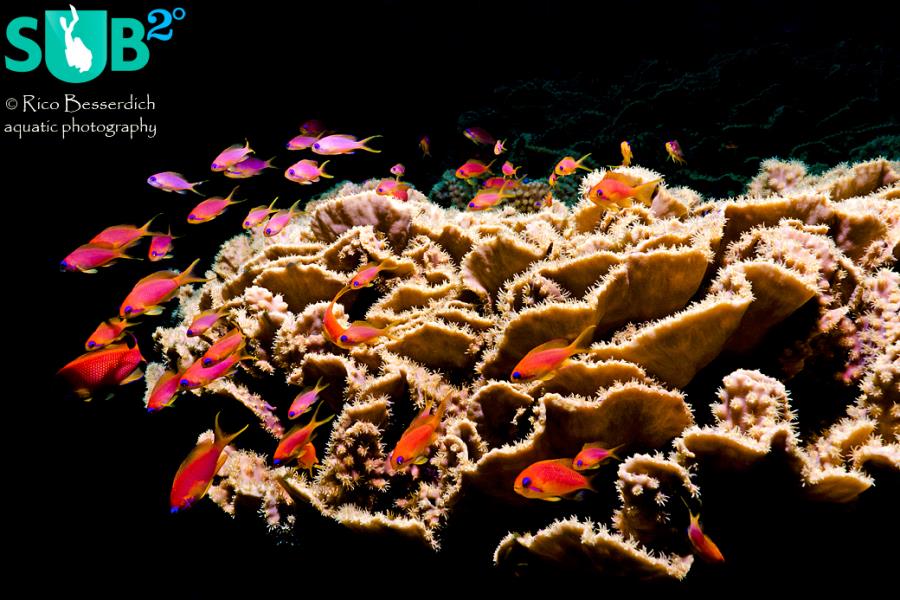
Please "Like" My Photo!
Once you've made some cool underwater shots, you would love to have more people notice your photos, for example by sharing them on Facebook. A path full of potential but lots of nasty obstacles on the way. Let's have a look!
-

Reef-Art: Looking at the Reef...
Reef-Art shows fascinating insights to an underwater world, 99% of the divers never see. Reef-Art is the "Fine Art" of macro photography. It's a passion! The passion to bring your audience something they don't expect, they h...
-
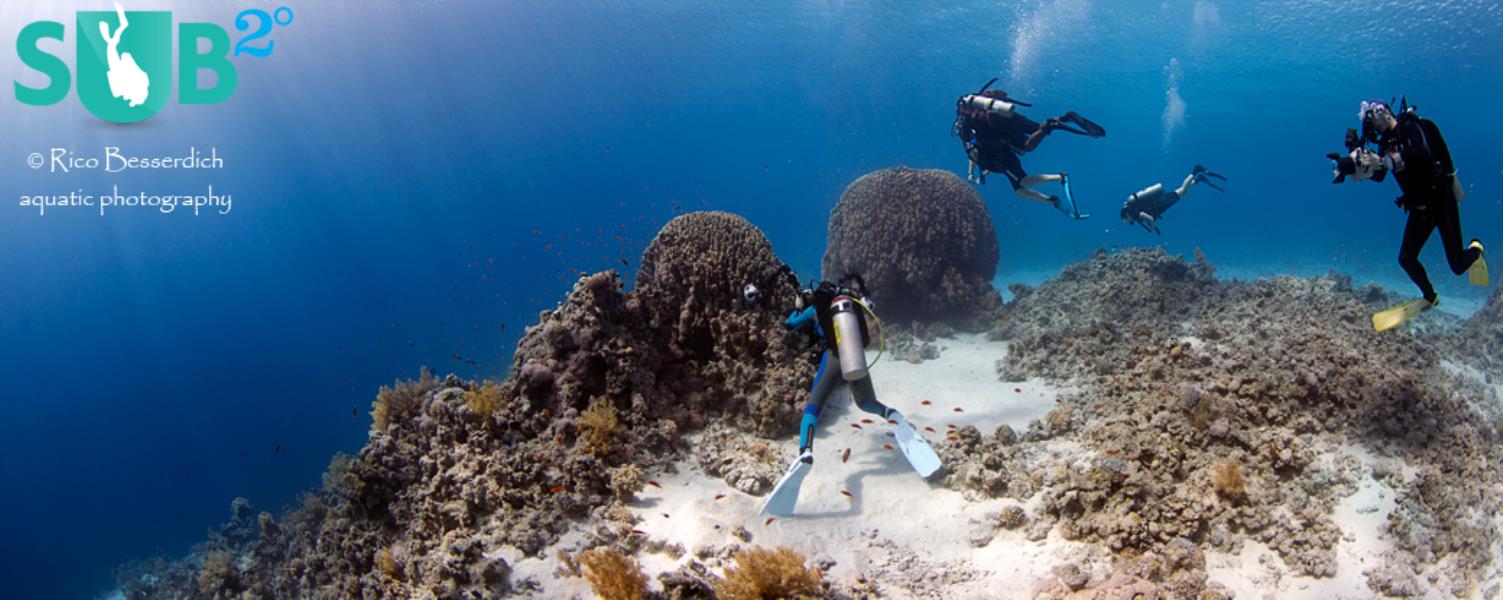
Underwater Photography: Shoot...
Are you ready for huge perspectives in your underwater photographs? Wide-angles are fine but do you want it even wider? Time to check out underwater panorama photography!


Load more comments